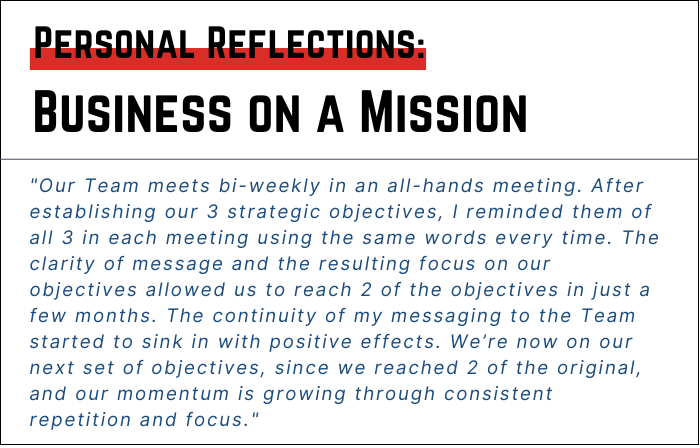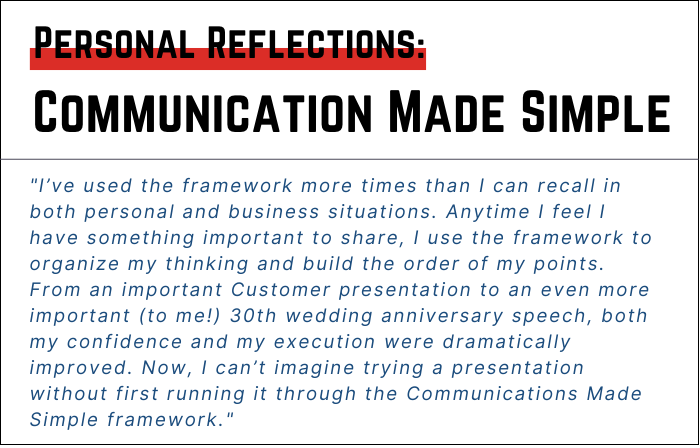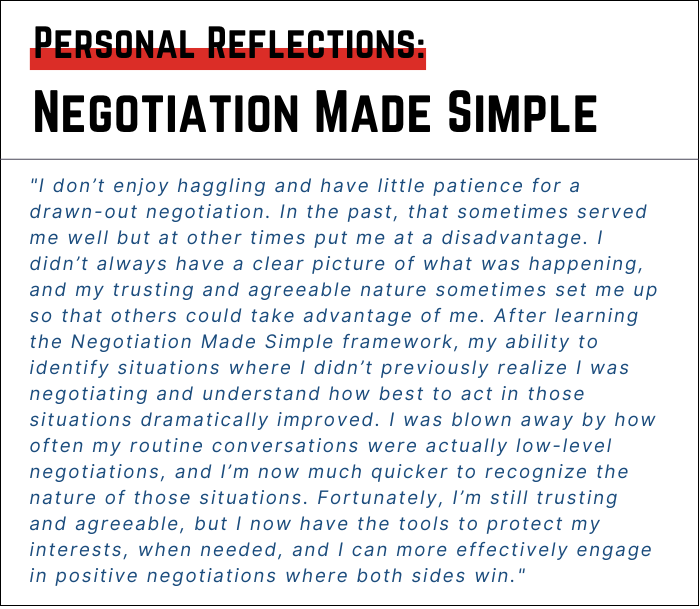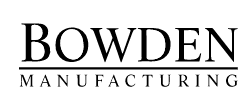Introduction
Do you have a systematic approach to the Leadership you provide in your business? In this Series, we’re reviewing the 6-Step Plan to run your business from Donald Miller’s latest book, How to Grow Your Small Business, and the online platform at businessmadesimple.com. The analogy of an airplane helps describe the 6 Steps and this week, we’re starting with the Cockpit, your Leadership.
Leading a small business can be a daunting task! In this blog, we’ll review the principles for the Cockpit (Your Leadership) in detail so you can set up your practices using powerful frameworks to provide clarity and direction. We’ll discuss four aspects of “piloting” your small business airplane so you can confidently lead your Team into your bright future.
Step 1 – The Cockpit (Your Leadership) – 4 Frameworks to Properly Pilot Your Business Airplane
Hero on a Mission
Whether you like to admit it, or not, your company’s operations should start with, and support, your personal mission. If they don’t, why are you doing them?
No, the company shouldn’t be all about you. But it should support and enhance your personal mission so it can positively add to your life. That is appropriate since it’s your business. Unfortunately, if you’re like too many people running businesses, you haven’t clearly articulated, even to yourself, your personal mission. In that case, the Hero on a Mission framework can be a transformative experience for you. Taking a few hours to consider your motivation, the people and things that are important to you, and what hopes you have for your future is an important step to clarifying your desire for your life.
Using the elements of story, the Hero on a Mission framework is designed to help you establish both your personal mission and also the consistent steps you’ll need to put in place to achieve it.

You’ll be amazed to discover how having your personal mission clearly defined can ensure that your business is appropriately serving you. Your company’s leadership starts with you. Once you’re operating as a Hero on a Mission, you’ll use that foundation to help determine and communicate your company’s mission.
Business on a Mission
“If your Team can’t recite your mission statement, you’re not on a mission!”
Most mission statements are boring, vague, and don’t provide meaning to their organizations. If your company is like most, you’ve written a mission statement, but it’s not driving your business. Imagine if your Team was tied into 3 clear strategic objectives that were consistently reviewed and discussed. The Business on a Mission framework is a powerful tool that can help you ignite your Team and dramatically clarify their focus.
You may believe that mission statements are supposed to be all-encompassing ideals designed to carry your company out into the ages. Unfortunately, when the mission is so far-reaching, it rarely drives short-term motivation. Instead, the Business on a Mission framework leads you to adopt a shorter-term mission, up to a maximum of 2 years, that provides the necessary clarity for positive action by your Team. To keep a mission relevant, it must be repeated consistently within the company.
As leaders, we can tire of saying the same thing over and over again, but the fact is that we’re the only one that hears it every single time we say it. The rest of our Team hears it far less, and they need to hear the same words over and over before they actually learn it.

You’ll be amazed how transformative it can be for your Team, when you are leading through the identification and repetition of your 3 short-term, strategic objectives. Your business will find itself on a clear mission with an energized Team striving to accomplish it.
Communication Made Simple
Are you like most people, nervous to talk in front of a group or your Team? That’s natural but it doesn’t have to be that way. As a leader, your ability to communicate can either be an asset for your leadership, or it can detract from your effectiveness.
The Communications Made Simple framework is designed using the elements of story to clarify your thinking, engage your audience, and communicate your message with maximum engagement. The framework’s use of a Controlling Idea will start you off on the right foot because it’s too easy to bring multiple topics into your communication that can be distracting for your listeners. Keeping your communication limited to items that support your Controlling Idea will keep you on topic and prevent confusion.
Since your audience is a group of humans, they will respond to your use of the power of story nearly unconsciously. Using the framework, you’ll start your presentation with a problem that represents the challenge within the Controlling Idea. A problem is a “hook” that engages humans. Starting with a problem will draw them immediately into the “story” you’re sharing.
Using the framework, you’ll start your presentation with a problem that represents the challenge within the Controlling Idea. A problem is a “hook” that engages humans. Starting with a problem will draw them immediately into the “story” you’re sharing.

You’ll be amazed how transformative it can be for you, when you have an important speech or an important conversation with your Team, a Customer, or a family member and you use the Communications Made Simple framework. You’ll be more confident and engaging, as well as more effective as you communicate your clear message. It’s one tool you’ll want to have in your leadership toolbox.
Negotiation Made Simple
Do you picture “negotiation” as a high-stakes boardroom discussion with plenty of suits, a skyscraper view, and millions of dollars in play? Those situations are much more common in the movies than in the life of a small business owner. However, as a small business owner, you are typically negotiating more often than you realize. So many of your conversations with your Team, and certainly your Customers, are actually small-scale negotiations. From asking someone to stay for an extra hour to finish a project, to adjusting the price on a product, once you try to influence the behavior of other people, you are negotiating.
Negotiating doesn’t need to feel like you’re at a flea market bargaining for the price of an item or waiting for your car salesman to get back from talking with his manager.
Understanding the different types of negotiators, their strategies, their tendencies, and their tactics will help you in many of your typical business conversations. The Negotiation Made Simple framework provides the tools you need to understand the interaction and can better negotiate for the outcomes you seek.

You’ll be amazed how often you engage in low-level negotiations, once you have the tools to recognize them. Those situations can be costly if you don’t clearly understand the tactics and strategies. The Negotiation Made Simple framework will increase your awareness and provide the tools and skills needed to effectively negotiate each day. From discussions with your Team, to big opportunities with your Customers, you’ll be better prepared to achieve the outcomes you desire.
Final Thoughts
The first step from Donald Miller’s book, How to Grow Your Small Business, is the Cockpit – Your Leadership. Leading a small business isn’t for the faint of heart. Your Team will be looking to you and counting on you to be out in front. Using the four frameworks described above will put you on the path to successful leadership
You can establish your personal mission, so you wake up each day energized to live into it, especially with your company as an important part. You’ll work with your Team to establish an impactful, short-term mission statement that aligns their activities toward achieving clear, time-sensitive goals. Finally, you’ll have communications and negotiation frameworks at your disposal to draw upon when needed.
Completing step 1 of growing your small business will position you to be a leader of consequence within your company so that your “plane” will have a strong pilot in the cockpit.


